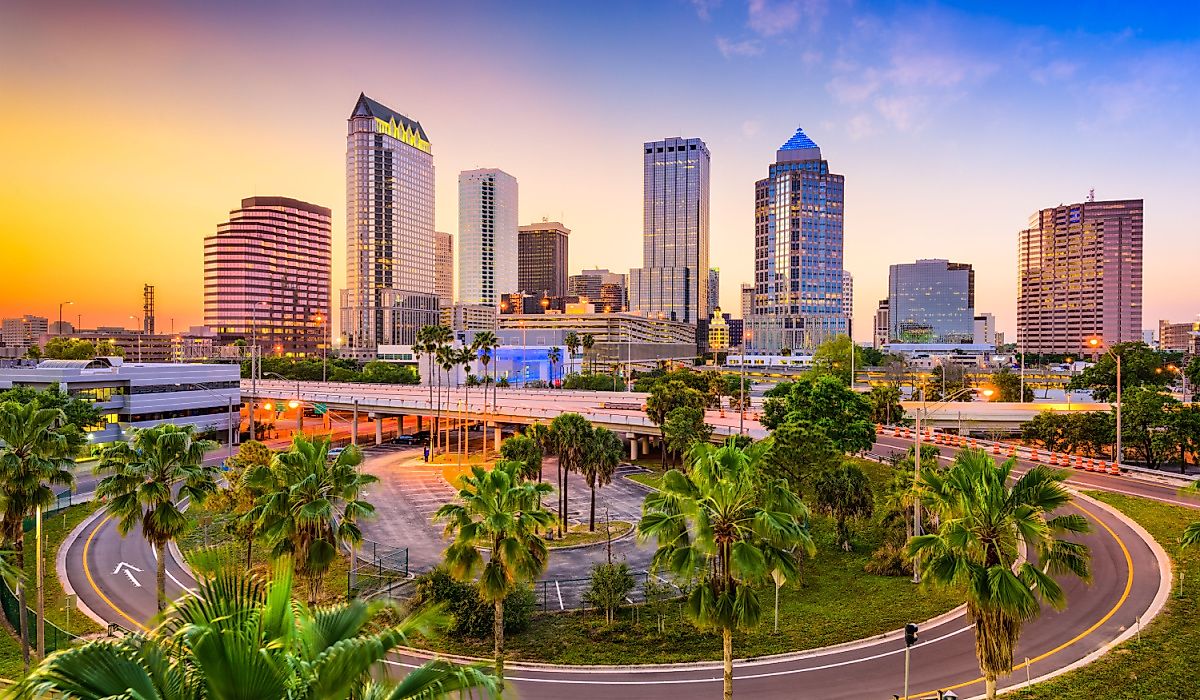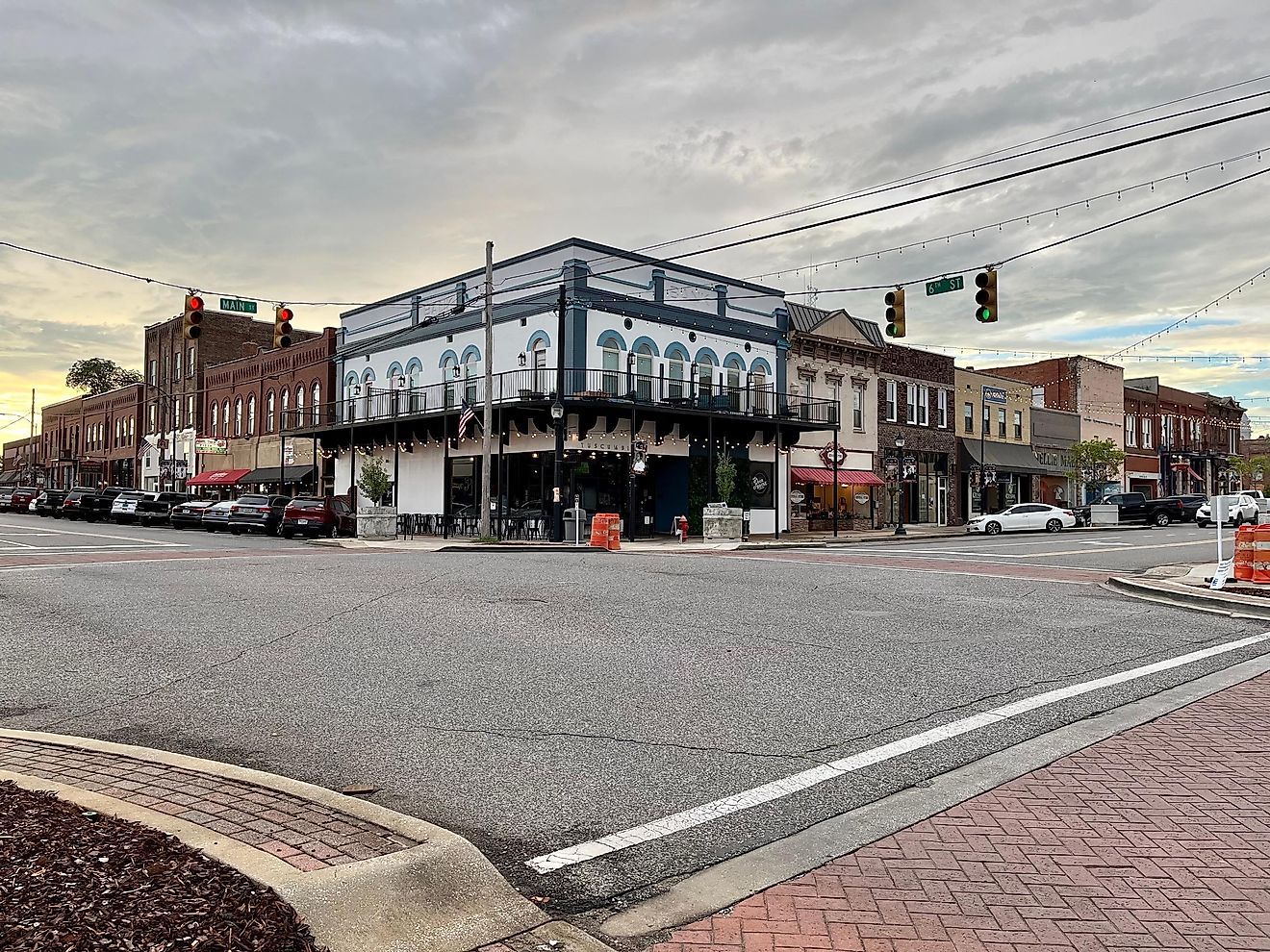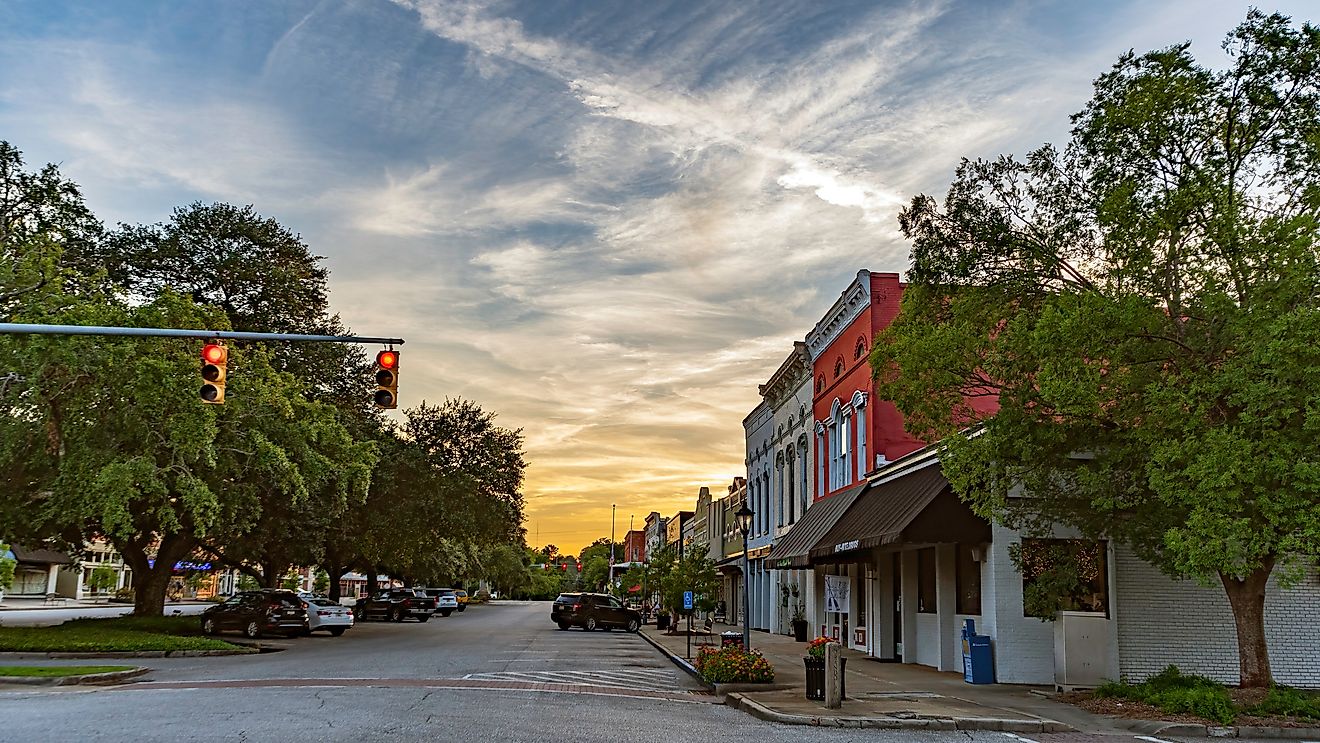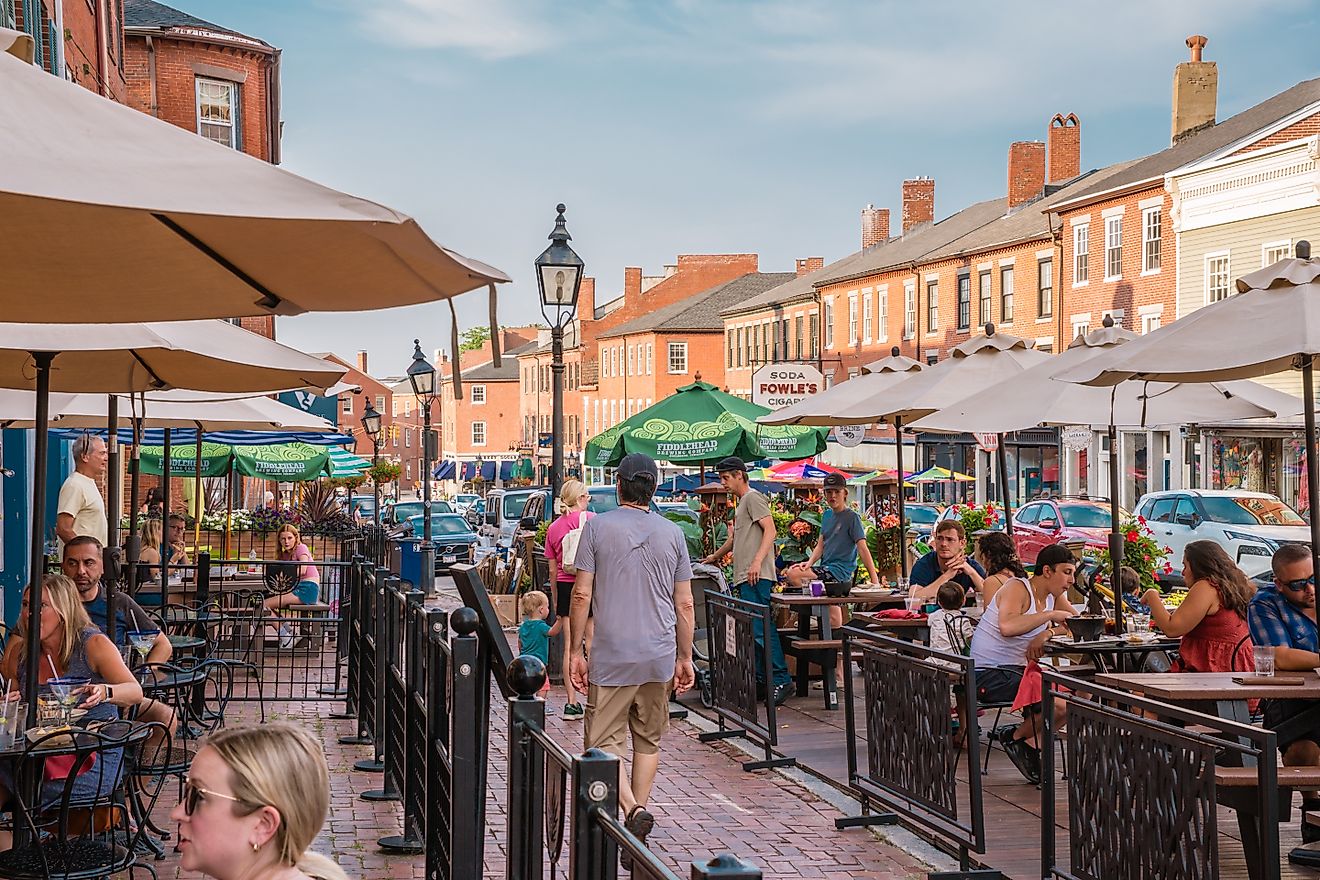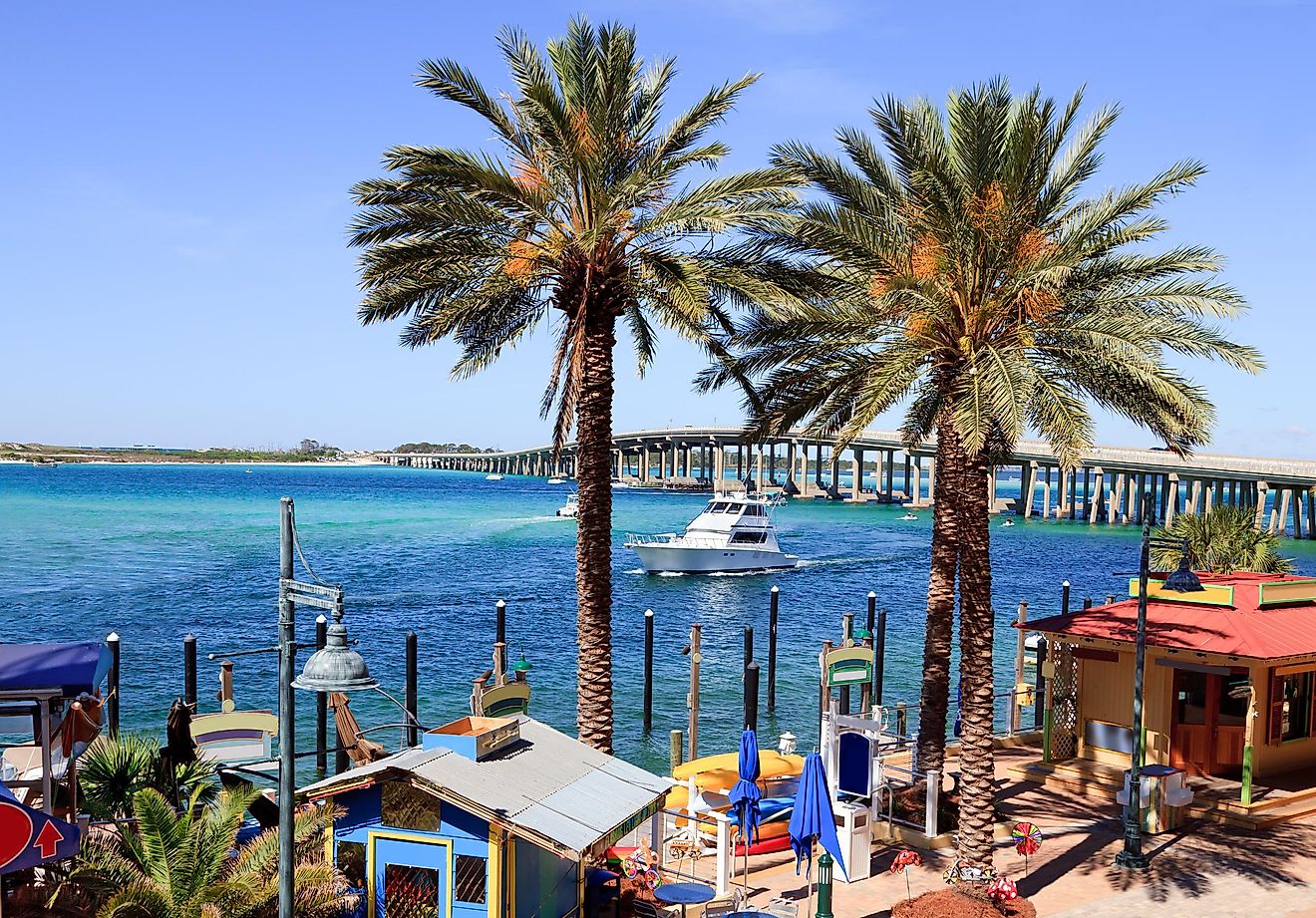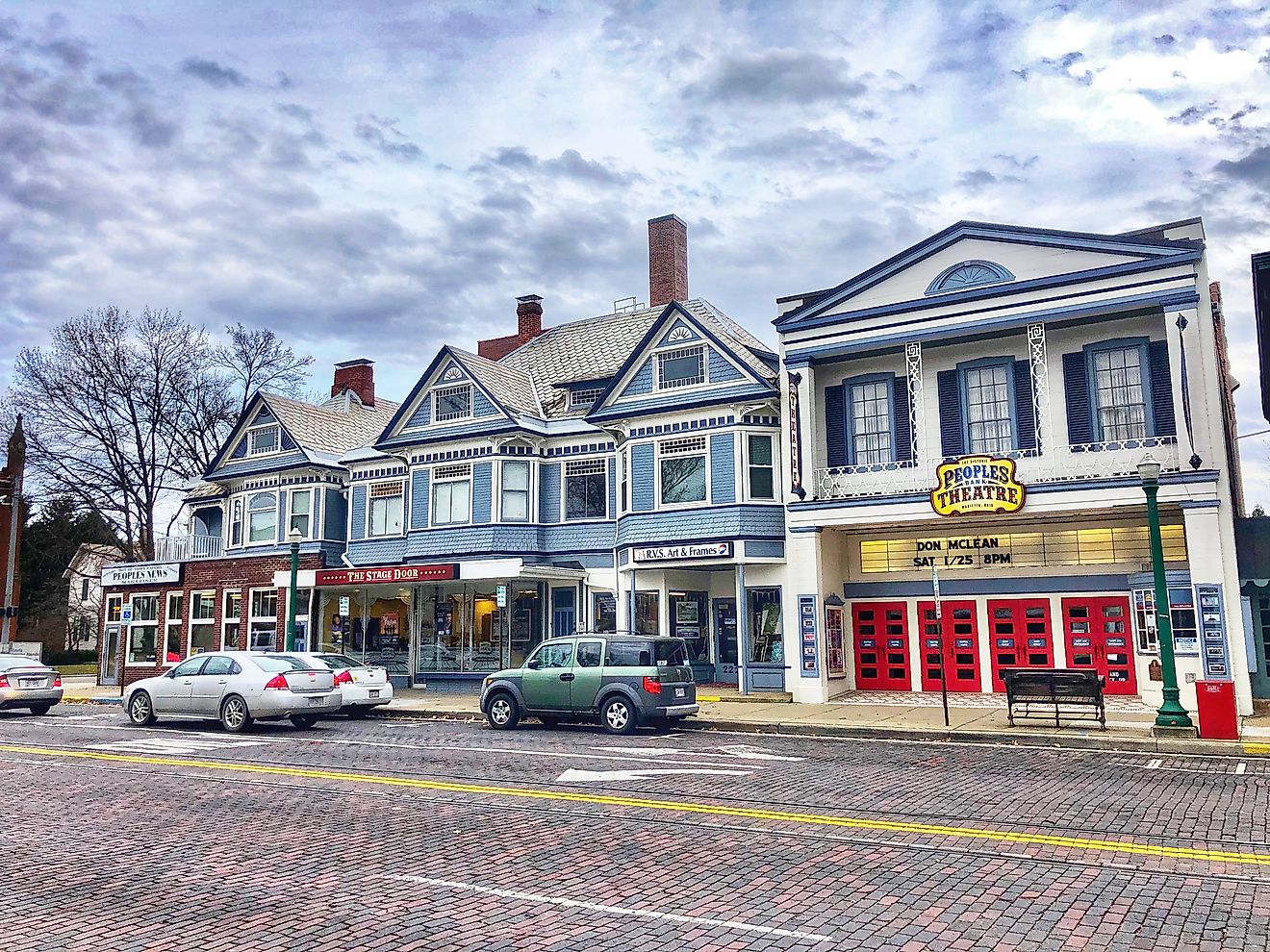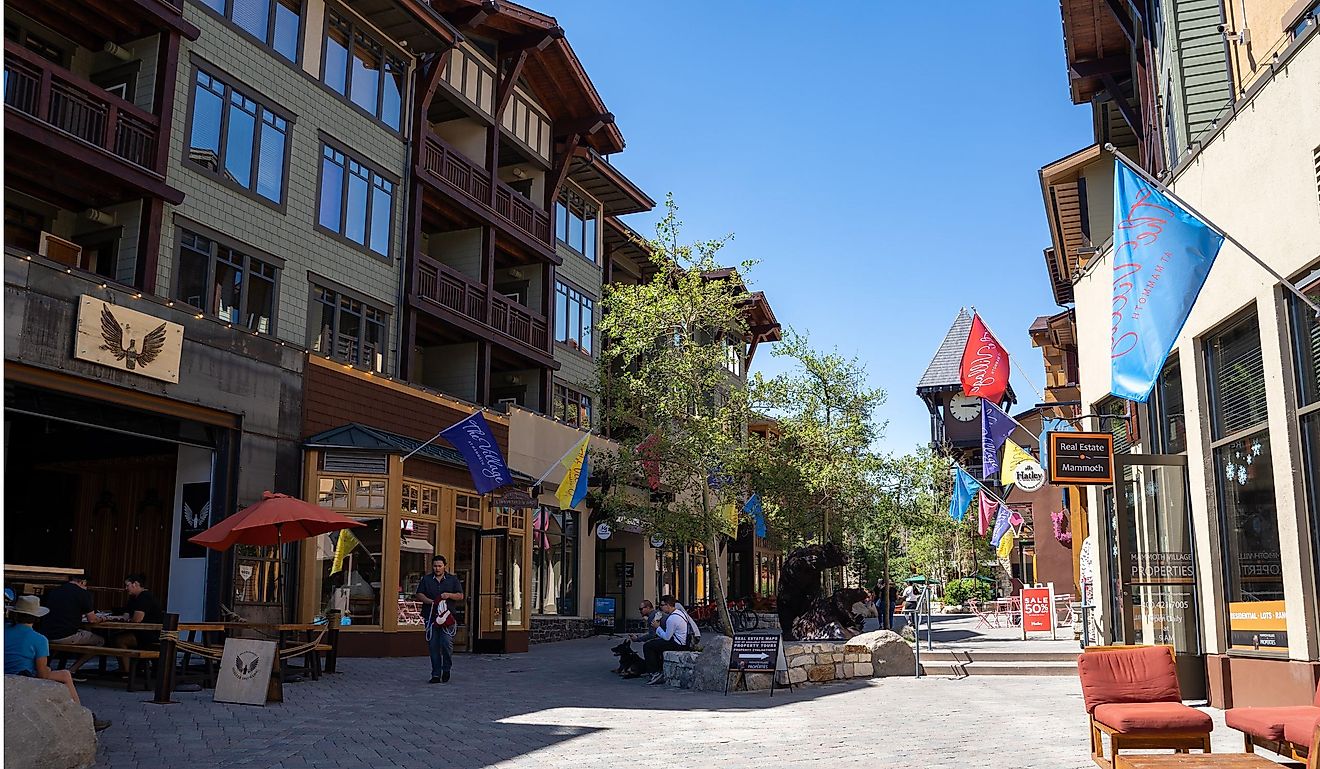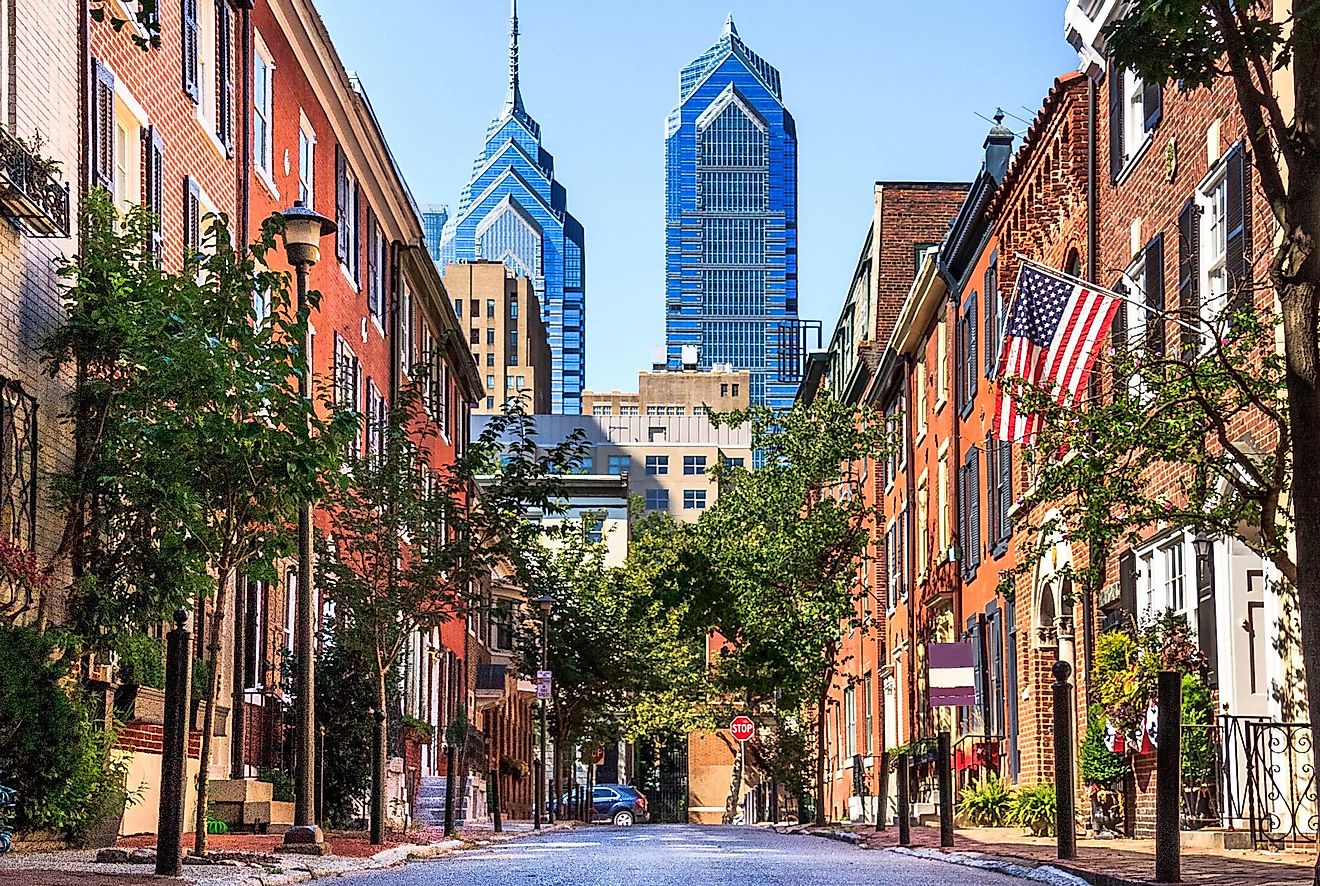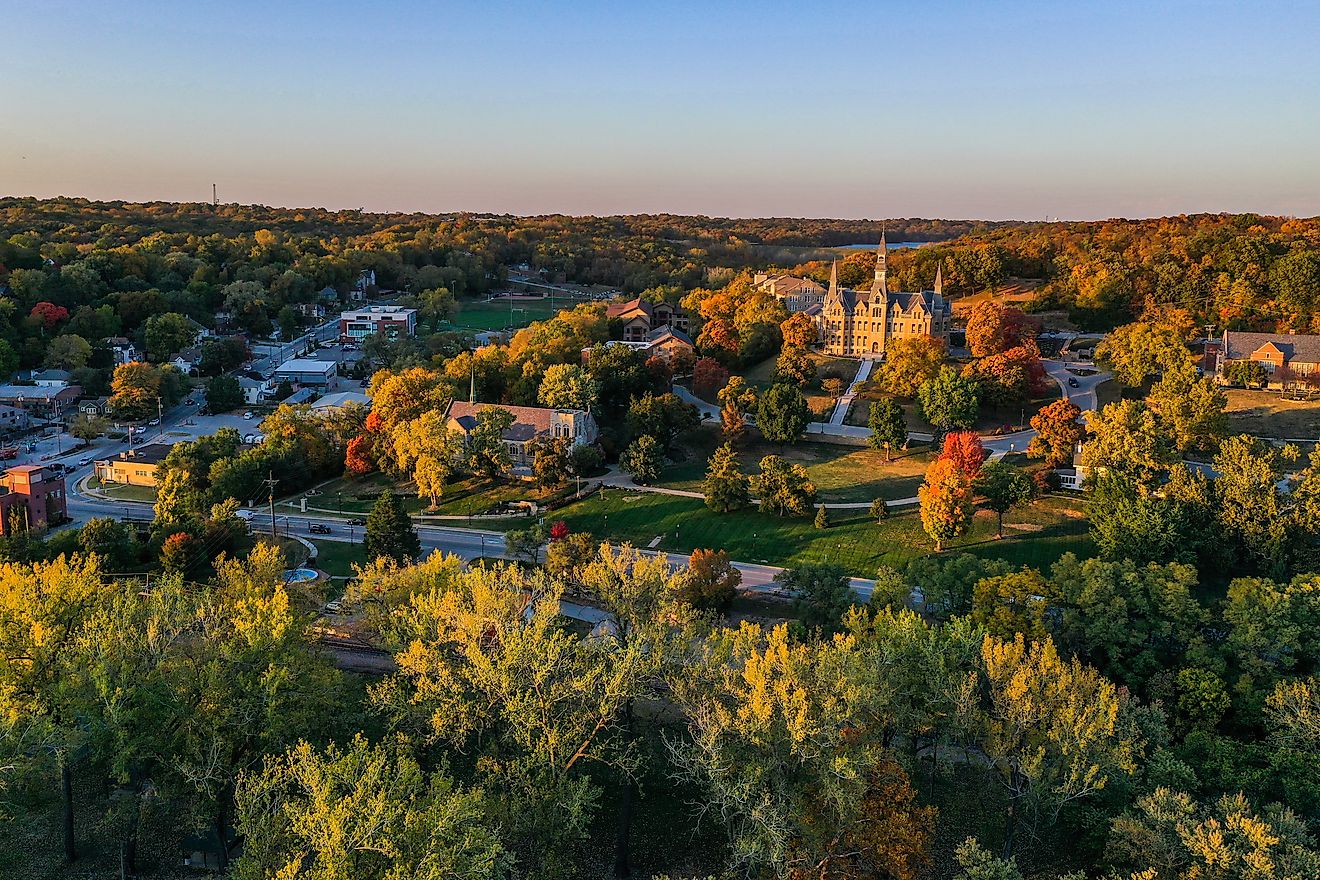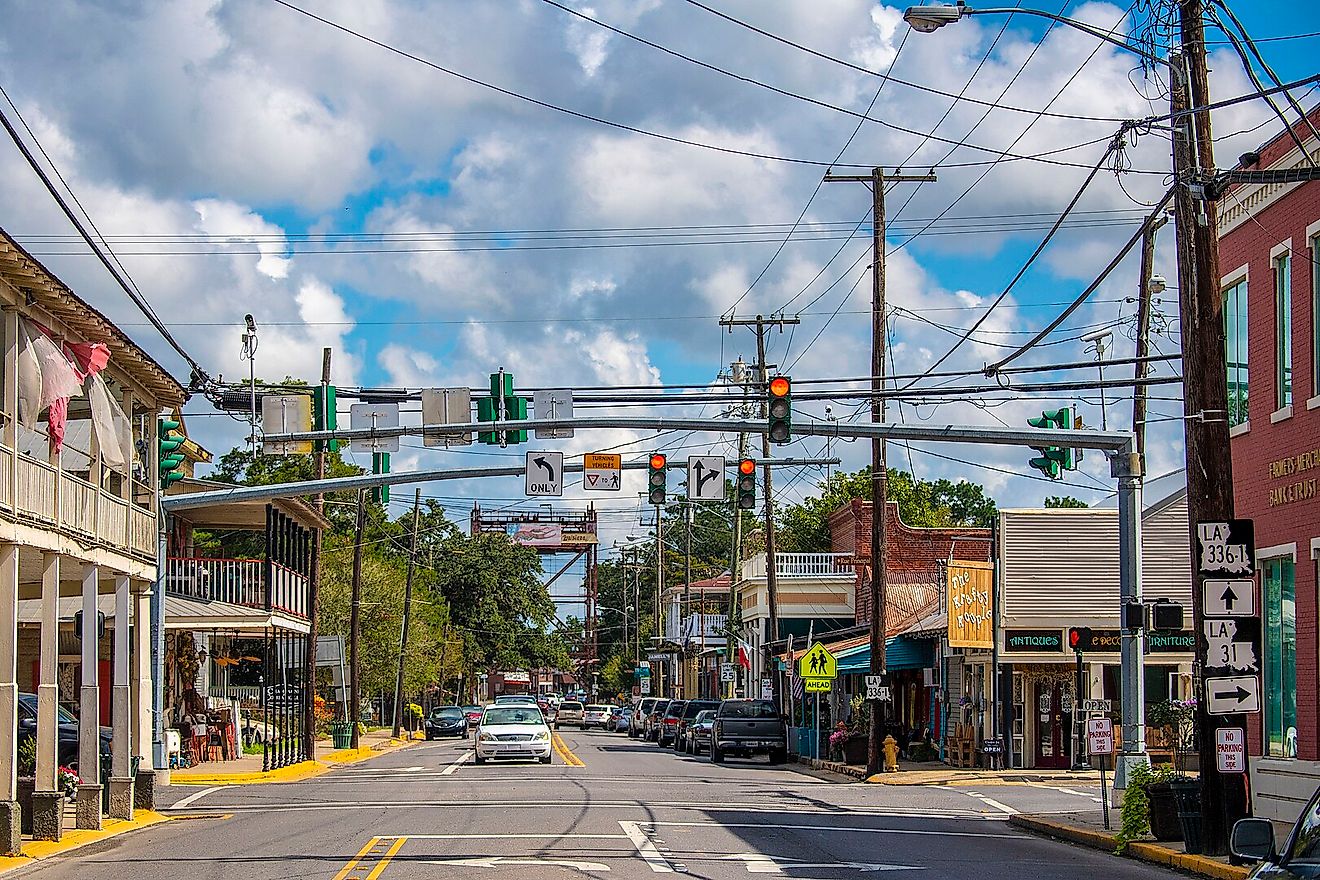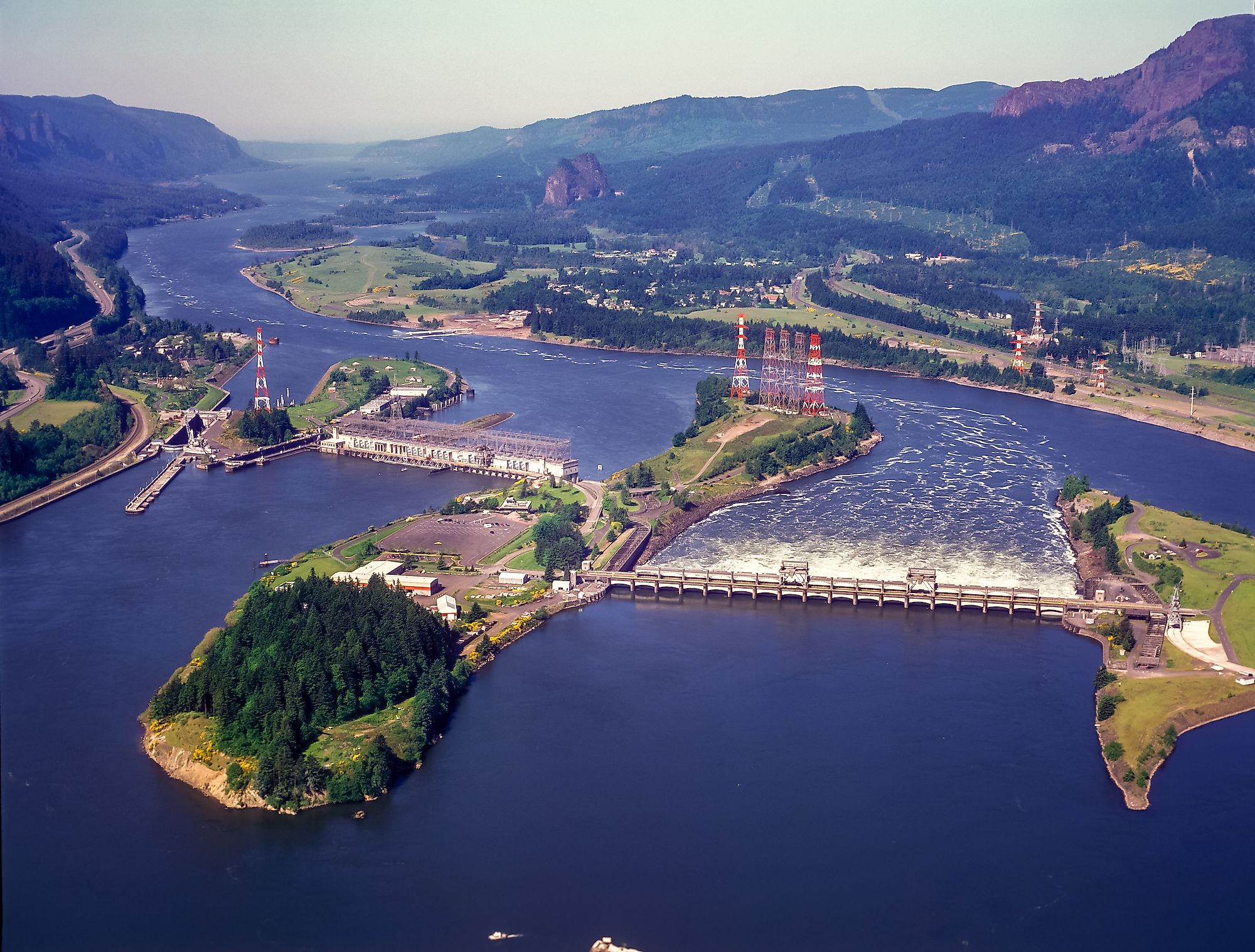
Bonneville Dam
The Bonneville Lock and Dam is among the oldest of the many federal locks and dams, that spanned the Columbia River along the boundary between Oregon and Washington, United States. The dam is situated on the Columbia River Gorge, about 64km east of the city of Portland in Oregon. Bonneville Lock and Dam has been constructed and is also presently managed by the US Army Corps of Engineers. In 1987, the Bonneville Dam Historic District was declared as a National Historic Landmark.
About the Dam
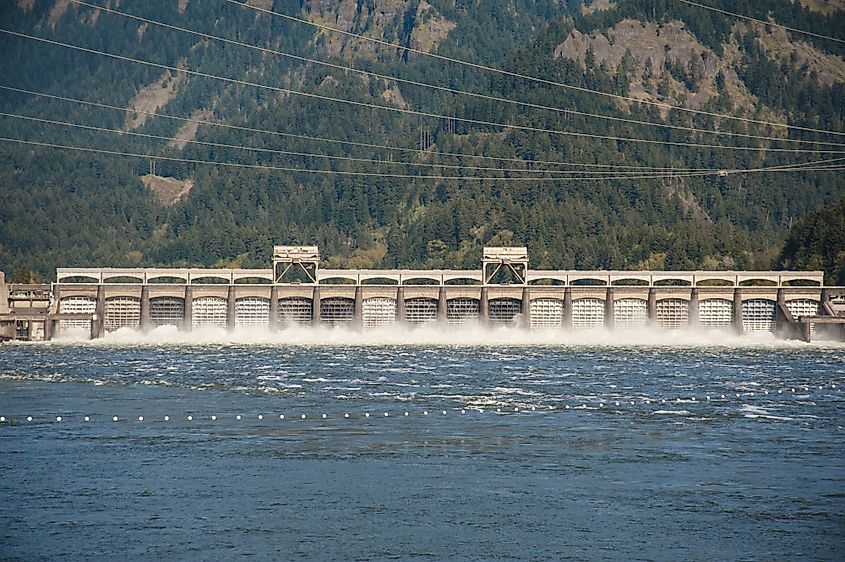
Bonneville Lock and Dam is a huge run-of-the-river dam that was constructed on the Columbia River. The dam has a height of 52m and a length of 820m. The Bonneville Lock and Dam had led to the creation of a 77km long reservoir referred to as Lake Bonneville that has a total capacity of 0.662 cubic kilometers. Lake Bonneville is the first in the series of navigable lakes that form a part of the Columbia-Snake Inland Waterway. The Bonneville Lock and Dam originally consisted of a spillway, a powerhouse, and a small navigation lock. The gravity concrete spillway contained 18 steel gates over a length of 442m and a base width of 40m. The original powerhouse that operated between 1938 and 1944, had a length of 313m and a height of 23m, with 10 generators having a capacity of 526.7 MW. The small navigation lock contained a chamber that had a length of 152.4m and a width of 23.16m. The original Bonneville powerhouse was unable to meet the huge power demand and therefore the US Army Corps of Engineers constructed a second powerhouse between 1974 to 1981, having a length of 300.5m and a width of 23m. This powerhouse contains 8 generators with a generating capacity of 558.2 MW. To meet the needs of increased traffic on the Columbia River, a larger navigation lock with the chamber having a length of 206m and a width of 26m was constructed by the Corps in 1993. With the two powerhouses generating about 5 billion kilowatts of electricity annually, the Bonneville Dam provides enough electricity to power about 500,000 homes in Oregon.
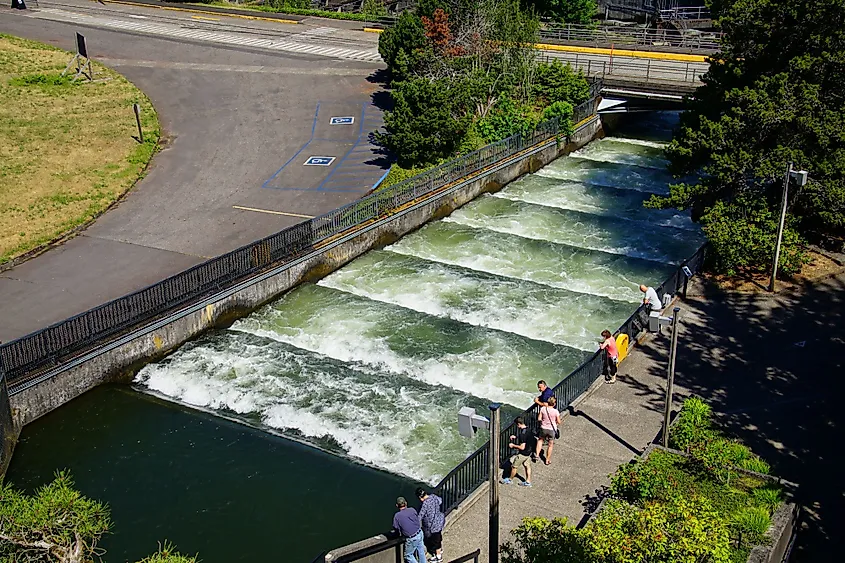
During its planning for the construction of Bonneville and other dams on the Columbia River, the US Army Corps of Engineers realized that such structures would block the annual migration of several fishes like white sturgeon, salmon, and steelhead trout. The original plans for the Bonneville Dam, therefore, included fishways that consisted of lifts, ladders, and an innovative collection and bypass system. Situated just next to the Bonneville Dam is the Bonneville Fish Hatchery, which is considered as Oregon’s largest fish hatchery and is managed by the Oregon Department of Fish and Wildlife. The Corps of Engineers also maintains the Bonneville Project for recreation purposes providing ample recreational opportunities like boating, fishing, hiking, swimming, and windsurfing.
Brief History
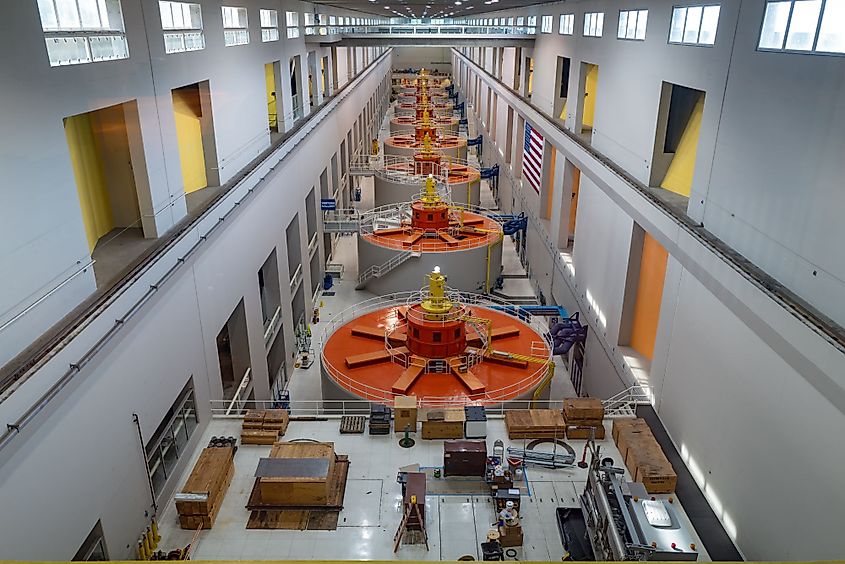
In 1896, the Cascade Locks and Canal project on the Columbia River began to operate a few miles upstream from the current site of the Bonneville Lock and Dam. The Cascade Locks and Canal allowed ships to move their cargo upstream, eliminating their need to pass the goods around the Cascade Rapids. In 1929, the Columbia River report by the US Army Corps of Engineers recommended the construction of 10 dams on the Columbia River. However, the Federal Government did not take any action during this time. In 1932, the problem was noted by Franklin D. Roosevelt during his presidential campaign, and an action to solve this problem was taken only after Franklin D. Roosevelt became the US President in 1933. The urge to construct the new Bonneville Lock and Dam arose from the necessity to produce employment opportunities during the Great Depression, to improve the navigation of the Columbia River, and to provide hydroelectric power to the Pacific Northwest region. The construction of the new Bonneville Lock and Dam started in 1934 after receiving funding from the Public Works Administration, as a part of President Roosevelt’s New Deal construction projects. On September 28, 1937, the Bonneville Lock and Dam was dedicated by President Franklin D. Roosevelt.
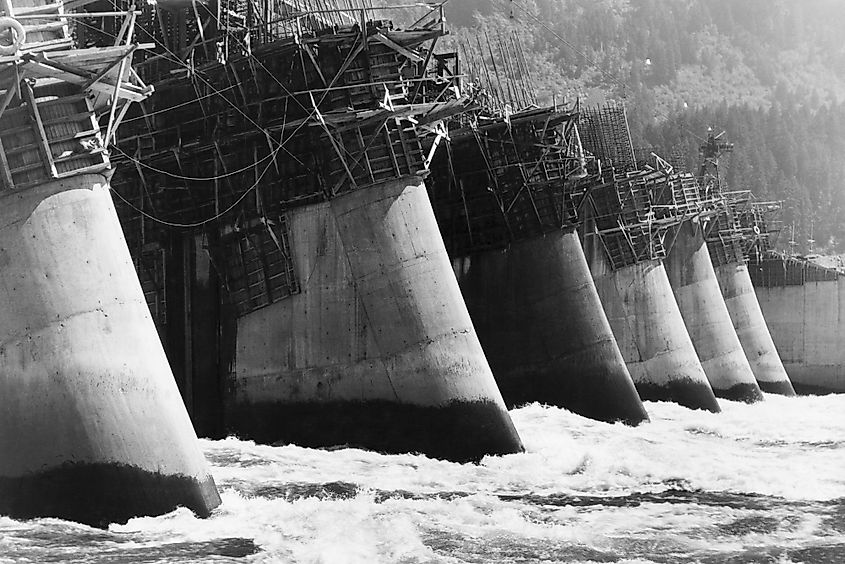
In 1938, when the first lock of Bonneville Dam was completed, it was considered to be the world’s largest single-lift lock at that time which had a vertical lift of 18.23m. The creation of the Bonneville Reservoir or Lake Bonneville due to the Bonneville Dam resulted in the submergence of both the cascades as well as the old lock structure. The construction cost of the first phase of the Bonneville Lock and Dam was about $88.4 million. In 1981, a second powerhouse was built and a much larger navigation lock was built in 1993. During this second phase of work, the construction cost was around $664 million. Established in 1937, the Bonneville Power Administration is responsible for the smooth distribution of the electricity that is produced by the Bonneville Dam. The Bonneville Lock and Dam was named in the honor of Benjamin Bonneville, an Army Captain and an early day visionary, who led an exploration of the Oregon County and charted a major portion of the Oregon Trail. On April 9, 1986, the Bonneville Lock and Dam was added to the National Register of Historic Places as a historic district. The historic district was in turn designated as a National Historic Landmark on June 30, 1987.
